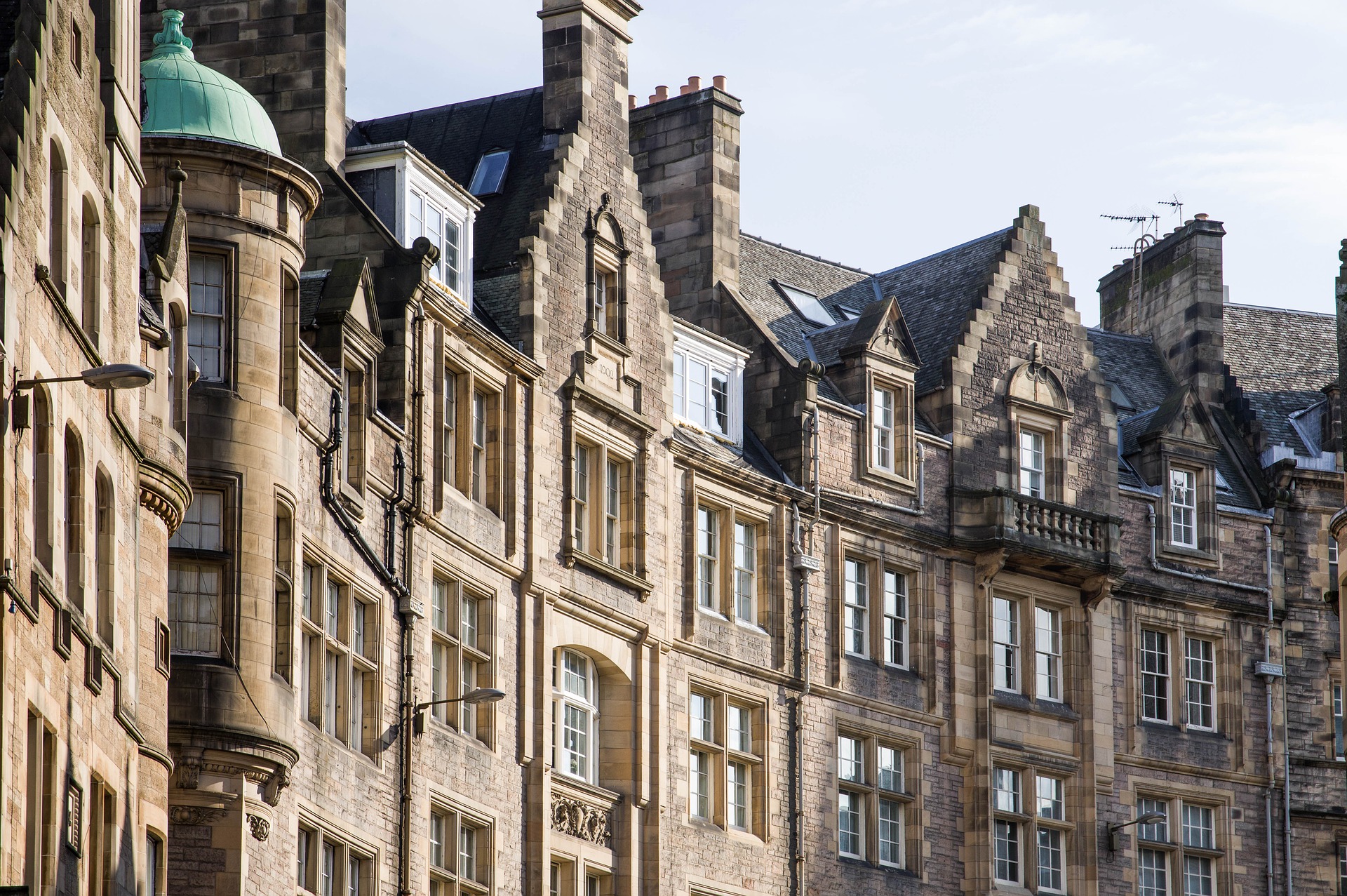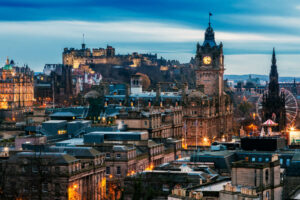A Glimpse of Morningside and Its History

Located in the southwestern part of Edinburgh, Morningside is among the most prestigious places in the Scottish capital. It was formerly a village and a part of an ancient route extending from Edinburgh to Scotland’s southwestern region.
Today, it is a bustling suburb with independent coffee houses, fine dining restaurants, local shops, and other offerings. Morningside has an excellent mix of the old and new. Many of the more recent structures co-exist with several Victorian-style villas.
Growth as an agricultural village
The Morningside village came upon an extensive area of land gifted by David I, the king of Scotland. He had given this land to Edinburgh as a gift in the 12th century. The town council sold the western part of this land in the late 16th century. This was done to pay for the enormous cost of dealing with the plague of 1585. The village of Morningside gradually developed on this land.
Morningside was first mentioned in one of the works of Richard Cooper, an 18th-century English engraver. The Scottish novelist James Grant had also described the village in one of his writings in 1882. It grew as an agricultural village quite rapidly and served the farms and estates nearby. Soon, it became an important stopping point on the road to Edinburgh.
Development as a residential suburb
In the early 19th century, Morningside attracted many of the wealthier residents of Edinburgh. They obtained large plots from the nearby estates and constructed villas and mansions on them. By the mid-19th century, much of today’s street pattern had been established.
Development in transportation further accelerated the growth of this suburb in the late 19th century. Tram service was started in the 1870s, which was the first of its kind in Edinburgh. It directly linked with Princes Street’s east end in the city centre. These trams were driven by horses before they were replaced by cable cars. Later, electric trams were started in this region.
Another big boost came when Edinburgh Suburban and South Side Junction Railway was opened in 1885. The trains carried passengers between Waverley Station and Morningside Road Station. Morningside was well established by the first half of the 20th century. It had schools, a public library, churches, a ballroom, and a cinema.
Morningside in recent times
Morningside is a thriving residential district today with a population of over 32,000 residents. The main shopping street of the suburb is Morningside Road, which has many shops and cafes. Most of these cafes and shops are independent businesses.
There are two primary schools in the district besides a public library, a cinema, a theater, and several churches. Many of the Victorian and Edwardian villas that were built in the 19th century have survived to this day. However, the Victorian tenements are the predominant form of housing, particularly in Morningside’s northern areas.
The places to the south of the railway line that has a lesser population mostly have bungalows. They also have semi-detached and detached homes to some extent. The services of passenger trains were withdrawn in 1962, but Morningside has excellent transport links with the city centre. The suburb is served by Lothian Buses, UK’s largest municipal bus company.


